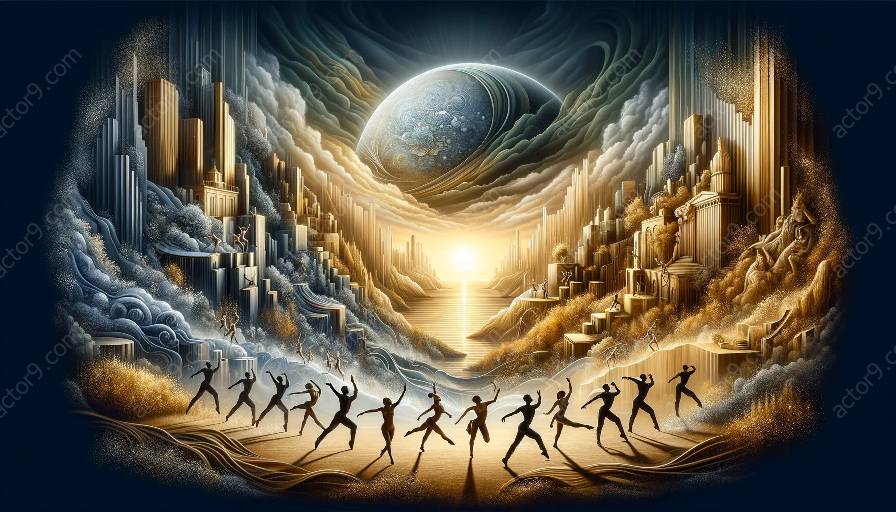Physical theatre offers a unique platform for artists to respond to human rights violations through powerful and emotive performances. This topic cluster delves into how social issues are portrayed in physical theatre, examining the intersection of art and activism in this compelling artistic medium.
The Intersection of Physical Theatre and Human Rights
Human rights violations have been a prevalent issue across the globe, and physical theatre has become a powerful tool for artists to shed light on these injustices. Through the physicality and expressiveness of movement, physical theatre captures the raw emotions and experiences of those impacted by human rights violations.
Artists use their bodies as a means of storytelling, embodying the struggles and resilience of individuals affected by social injustice. This form of artistic expression creates a visceral and immediate connection with audiences, compelling them to confront the realities of human rights violations.
Portrayal of Social Issues in Physical Theatre
Physical theatre serves as a mirror to society, reflecting the multifaceted and complex nature of social issues. Through dynamic choreography, gestural language, and non-verbal communication, physical theatre communicates the nuances of social injustices, ranging from political oppression and discrimination to the plight of marginalized communities.
By delving into themes of discrimination, displacement, and systemic oppression, physical theatre addresses the root causes of human rights violations, sparking meaningful conversations and evoking empathy in audiences. The performances provide a platform for marginalized voices to be heard and amplified, fostering a deeper understanding of the lived experiences of those affected by social issues.
Art and Activism: The Impact of Physical Theatre
Physical theatre transcends traditional forms of activism through its ability to evoke emotional and sensory responses. It challenges societal norms and prompts critical reflection on human rights violations, compelling audiences to confront uncomfortable truths through immersive and thought-provoking performances.
Artists harness the power of physical expression to ignite social change, advocating for justice and human rights through their captivating and evocative storytelling. Physical theatre becomes a catalyst for awareness, inspiring individuals to take action and stand in solidarity with those facing human rights violations.
Empathy and Understanding Through Performance
Physical theatre invites audiences to embody the experiences of others, fostering empathy and understanding of the human impact of social issues. By engaging with the physicality and emotional depth of performances, spectators are transported into the narratives of resilience, struggle, and hope amidst adversity.
Through this immersive experience, physical theatre cultivates a sense of shared humanity, transcending cultural and geographical boundaries to emphasize the universal relevance of human rights. It provides a space for dialogue and reflection, enabling audiences to confront uncomfortable realities and actively engage in the pursuit of justice and equality.
Conclusion
Exploring physical theatre's response to human rights violations illuminates the transformative power of art in addressing social issues. Through visceral performances, physical theatre amplifies marginalized voices, challenges societal norms, and inspires collective action towards a more just and equitable world.




































